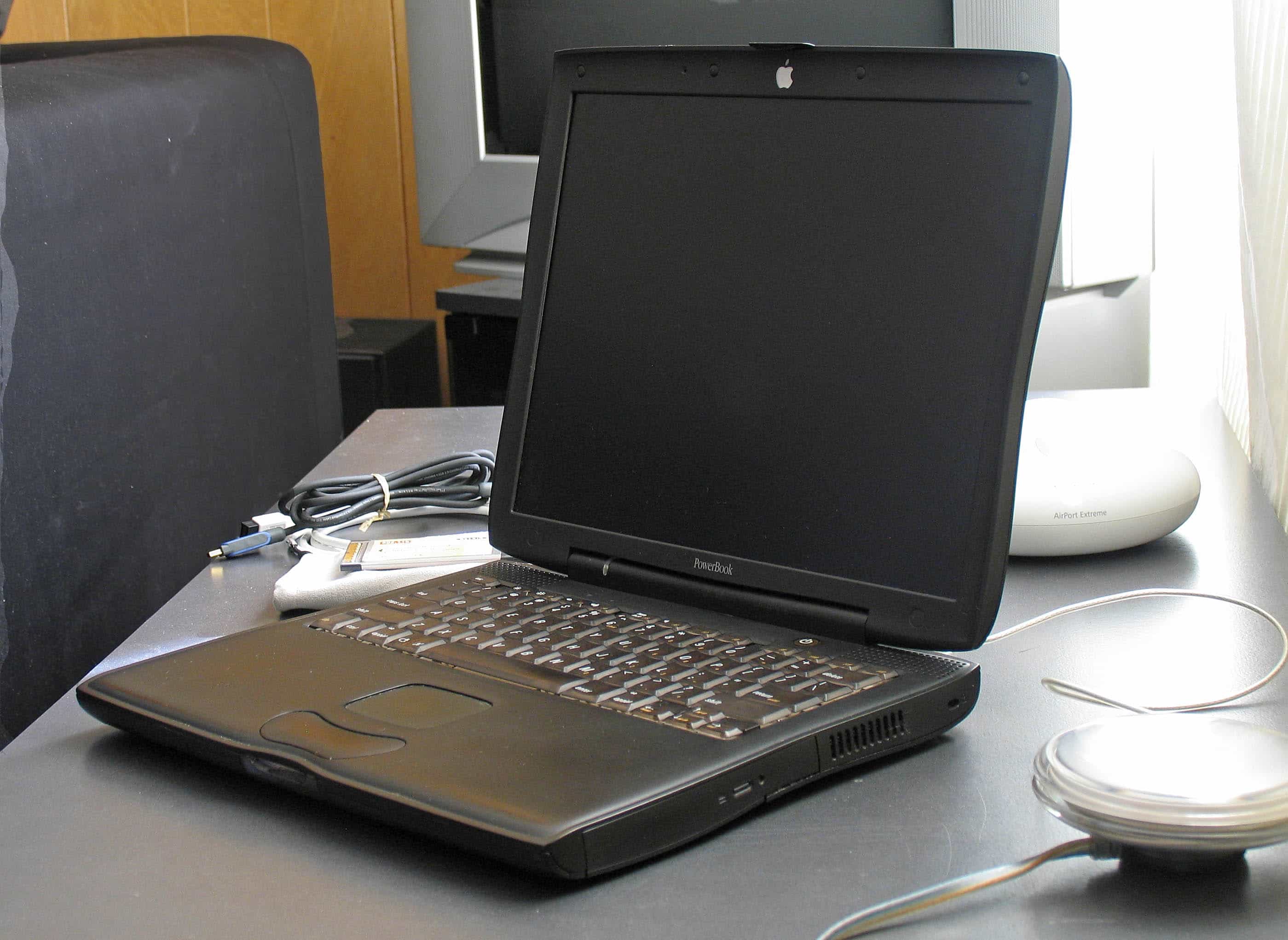 February 16, 2000: Apple introduces the “Pismo” PowerBook, the finest of its G3 laptops. In the view of many, it’s one of the best Apple laptops ever.
February 16, 2000: Apple introduces the “Pismo” PowerBook, the finest of its G3 laptops. In the view of many, it’s one of the best Apple laptops ever.
The Pismo PowerBook is the first not to include SCSI or an Apple Desktop Bus connector. Instead, it utilizes USB and Apple’s Emmy Award-winning FireWire. Optional AirPort wireless support, tremendous battery life and a gorgeous, curvy design just make it better.
Pismo PowerBook packs a punch
Apple first showed off the Pismo PowerBook at Macworld Expo Tokyo. The laptop followed the rugged “Wallstreet” G3 PowerBook, released in 1998. Priced at $3,499 for the top-end 500MHz model, the Pismo PowerBook wasn’t cheap. However, it offered great value compared to the 292MHz Wallstreet laptop, which cost $5,600.
There was plenty to love about the Pismo PowerBook. Despite coming after co-founder Steve Jobs returned to Apple in 1997, it retained much of the expandability the company introduced to Macs during his absence.
An impressively expandable Apple laptop
Also, running counter to Apple’s later obsession with limiting expandability and ditching ports whenever possible, the Pismo PowerBook came with a PC Card slot, two FireWire and USB slots, S-video out and more. The laptop also supported plenty of additional memory and a faster processor.
Plus, the possibility of installing dual batteries made it possible to get 12 to 16 hours of real-world usage from the powerful laptop.
Much like the earlier Wallstreet model, the Pismo PowerBook came in a tough package that resisted damage. It sported a polycarbonate plastic case, which makes it look somewhat dated compared to the aluminum laptops of today. However, this material gave it less of an austere feel. Add in the curvaceous design, and the finished product proved pleasingly tactile.
Oh, and this durable laptop came with both a tappable trackpad and one helluva great keyboard.
Apple Pismo PowerBook: A true multimedia laptop
The Pismo PowerBook lived up to Apple’s reputation as a company that built machines for creatives. When it came to video editing, this was the best possible option available in 2000. With 400MHz and 500MHz configurations, up to 1GB of RAM and an impressive 1MB CPU cache, it handled virtually anything you could throw at it.
The importance of FireWire can’t be overstated, either. Apple engineers developed the technology back in 1986, but it wasn’t until Jobs’ return that it became an important Mac feature. FireWire boasted astonishing data-transfer rates of up to 400Mbps — around 30 times the bandwidth of the popular USB peripheral standard.
Throw in the possibility of burning your own DVDs, and rare-at-the-time wireless connectivity, and this laptop could impress even the most anti-Mac Windows users.
Do you remember the Pismo PowerBook? Leave your comments below.


